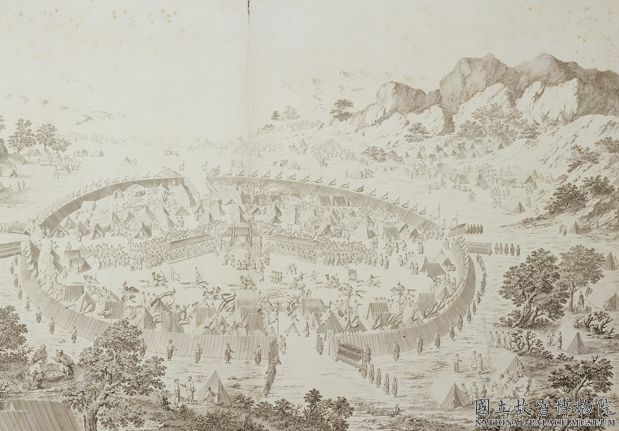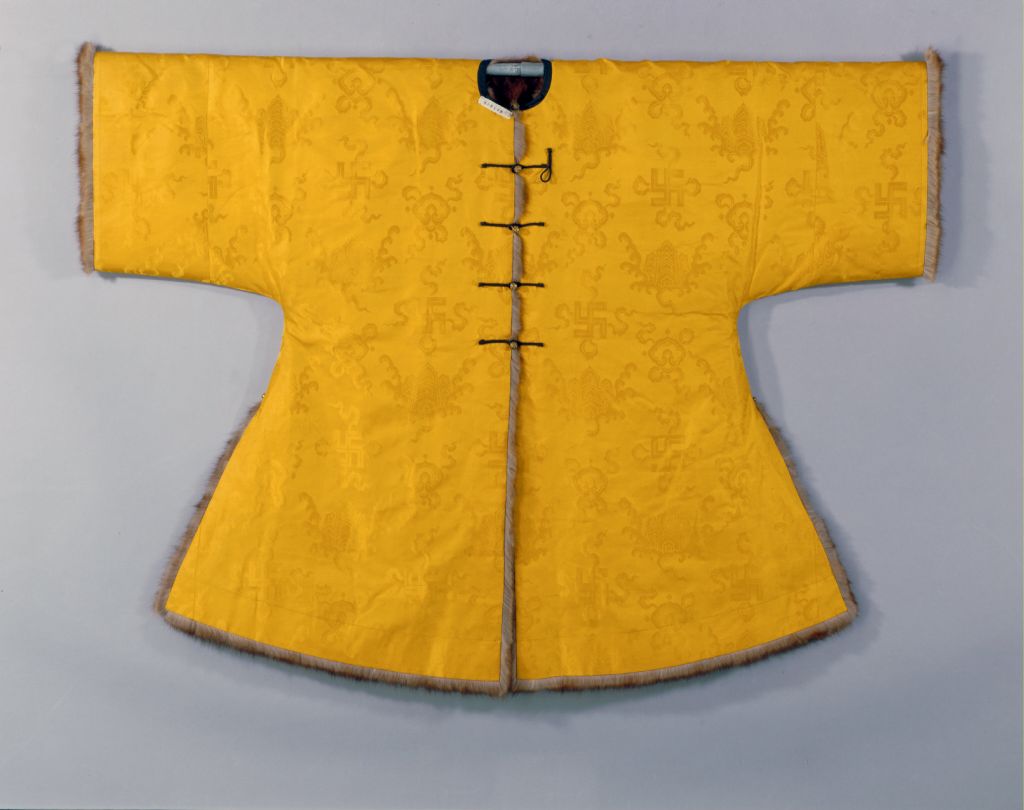[Hundred Flowers Volume]
The Hundred Flowers Volume, Song, paper, ink, 31.5cm in length and 1679.5cm in width
Wu Rong, a poet of the Tang Dynasty, wrote in his poem “Broken Branches”: “It is not that there is no root at all, but that the painters take the potential to teach them to break.” That is the beauty of broken branches. The composition of this “Hundred Flowers Painting” volume is in the form of “broken branch flowers”, taking the most characteristic part of natural flowers into the painting, which is more exquisite and moving than the overall description
The flowers and birds in the picture are interspersed naturally, and there is no intention of far-fetched patchwork. It is also dotted with bees, mosquitoes, dragonflies, butterflies, swimming fish, frogs and so on, which makes it look very prosperous. The whole volume is made of pure ink and white ink, and also with the line drawing of flowers. Except for the plum blossom at the beginning of the volume, which is similar to the blameless painting with a little freehand brushwork, the other parts are all written with ink, which replaces color with ink, and also outlines ink dyeing and line drawing, and incorporates the boneless painting method, reflecting the meticulous style of flowers and birds in the Song Dynasty. It also uses pure ink and wash instead of colorful colors, presenting a light and elegant taste. It breaks through the time and space constraints of traditional flower and bird painting and takes on a new look. This technique has a certain impact on the ink flowers of Qian Xuan, Wang Yuan and Zhao Zhong of the Yuan Dynasty, and later literati ink flowers
This painting has about 60 kinds of flowers in four seasons and is nearly 17 meters long. It can be called a magnificent masterpiece. The seal at the end of the paper has the seal of “Tangcun”, “Jiaolin Liang’s calligraphy and painting seal”, etc., including the seal of appreciation of Qianlong, Jiaqing, Xuantong, and the seal of the Qing government. It was recorded in Shiqu Treasure Collection.
![图片[1]-Flowers scroll-China Archive](https://chinaarchive.net/Song dynasty/painting/s58de0dc0a36e9.jpg)
![[Qing Dynasty] British female painter—Elizabeth Keith, using woodblock prints to record China from the late Qing Dynasty to the early Republic of China—1915-China Archive](https://chinaarchive.net/wp-content/uploads/2022/11/image-191x300.png)




